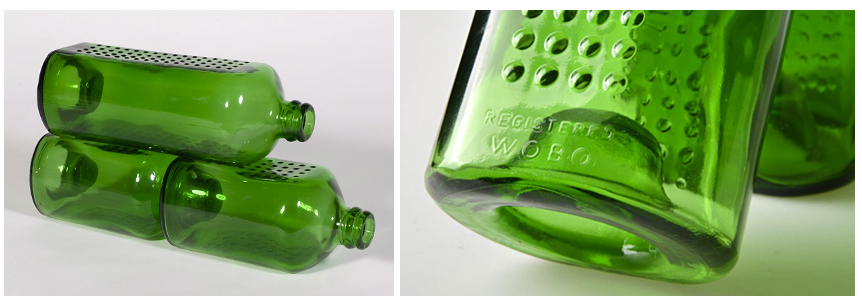
WOBO: The Beer Bottle Designed to Build Homes. In the 1960s, Alfred Heineken visited Curaçao and noticed two things: beaches were littered with glass bottles, many from his own brand, and a huge housing shortage. This led him to an idea: what if beer bottles could be used as bricks for housing?
Working with Dutch architect N. John Habraken, Heineken developed the WOBO (World Bottle), a glass container designed to function as both beer packaging and building material.
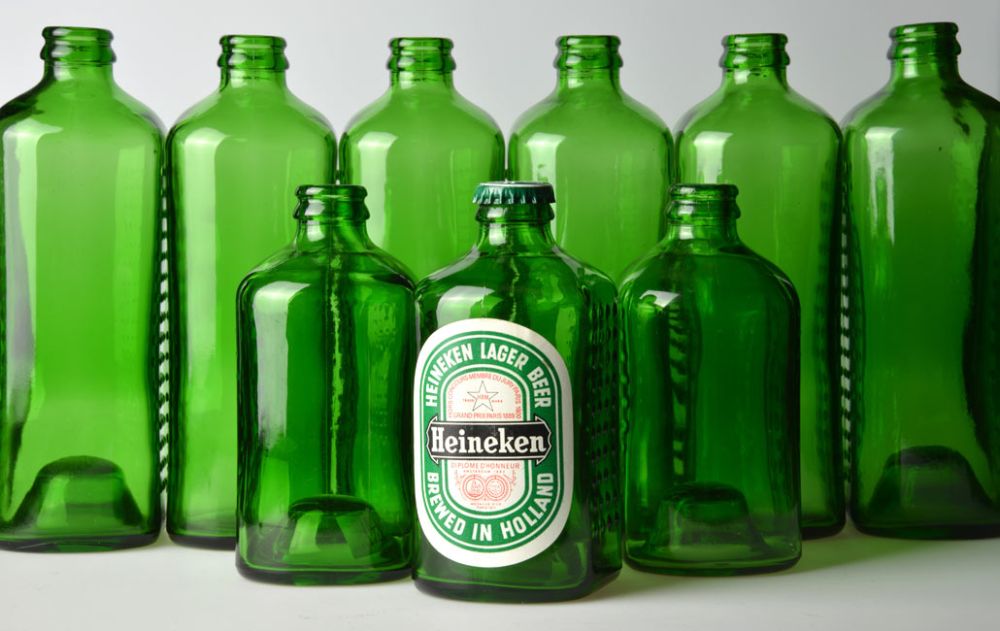
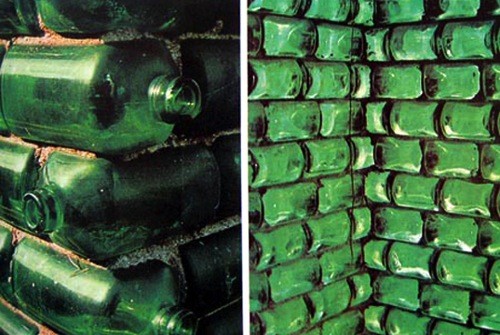
The WOBO was more than a bottle. It was a building block unit with structural logic:
- Self-aligning: The base and neck were shaped to interlock.
- Textured sides: Small bumps along the sides made the bottles easier to handle and helped the mortar stick better during construction.
- Two sizes: A 500ml bottle and a 350ml version, which acted as a half-brick to handle corners and irregular joins.
Laid on its side, the WOBO became a horizontal glass brick. In theory, about 1,000 bottles could build a 10×10 ft hut.
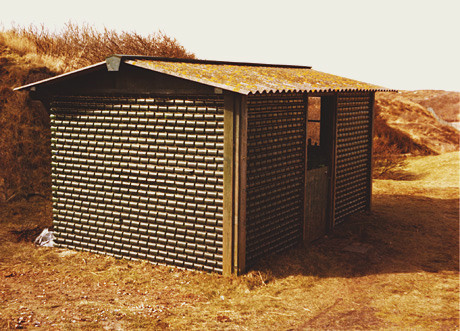
Despite the smart design, the WOBO faced limitations:
- Load-bearing: Standard bottles can hold 50kg vertically, but the WOBO had to be laid flat, requiring thicker glass.
- Durability: The square design increased the risk of chipping during transport or construction.
- Connectivity: There was no solution for joining bottles end-to-end without custom mortar or gaps.
- Logistics: Glass bricks are heavy, fragile, and harder to stack and ship than conventional materials.
Though Heineken considered printing building instructions on the bottles and using reusable pallet roofs, the idea was cancelled. Concerns about liability and brand association with poverty halted full production after a test run of 100,000 bottles. Only two small WOBO structures were ever built.
Despite its commercial failure, the WOBO bottle remains as an example of multifunctional design. By extending the lifecycle of packaging through their shape. As architecture critic Martin Pawley noted, it was “the first mass production container ever designed from the outset for secondary use as a building component.”
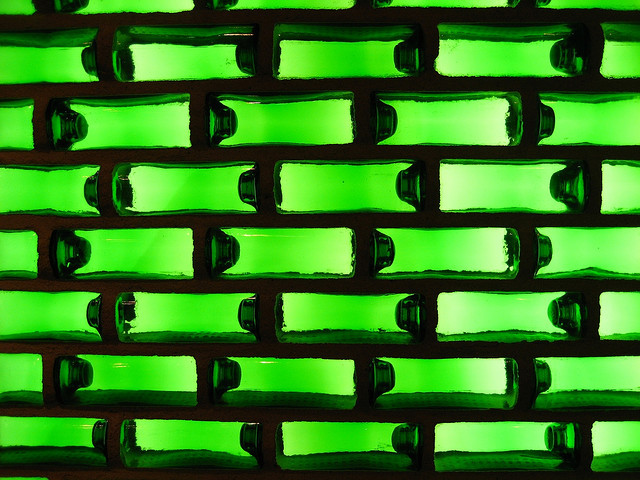
Below is a brief overview of other projects we discovered during our research that explore similar ideas of modifying bottles for reuse or structural function:
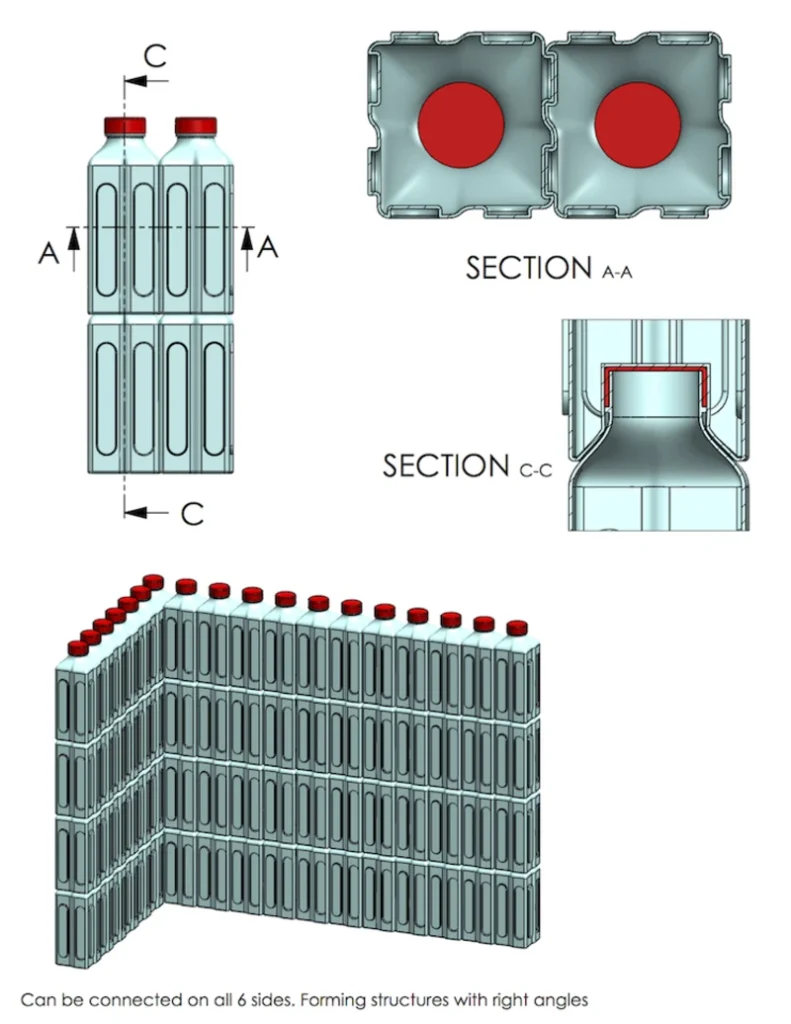
Trent Zimmer, Houma, United States
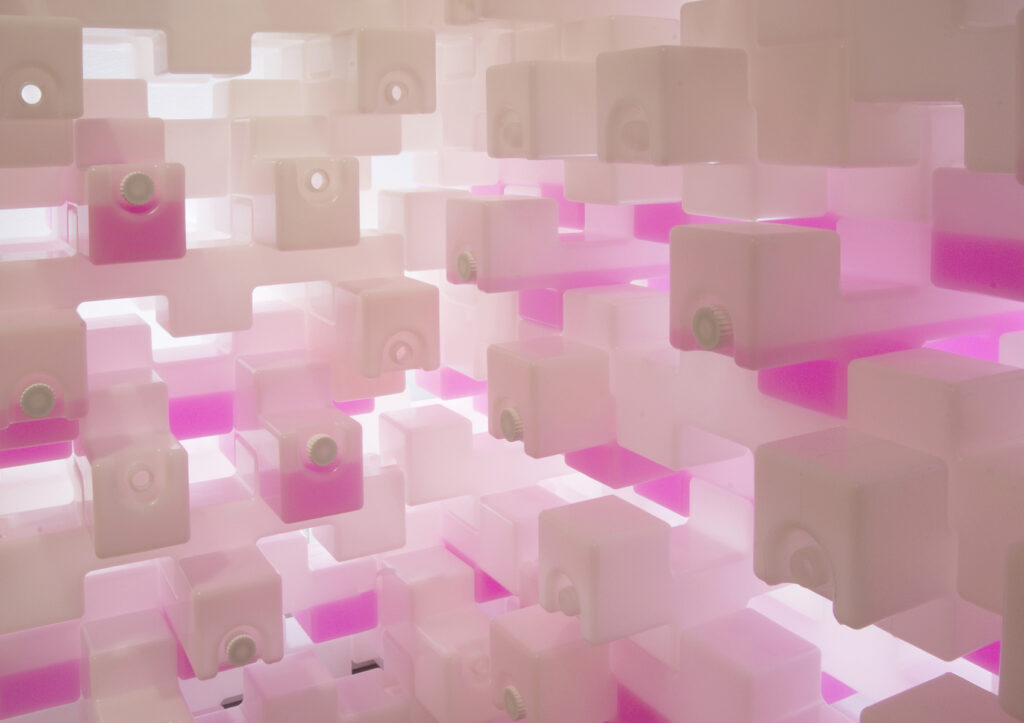
Water branch house, Kengo Kuma, 2008
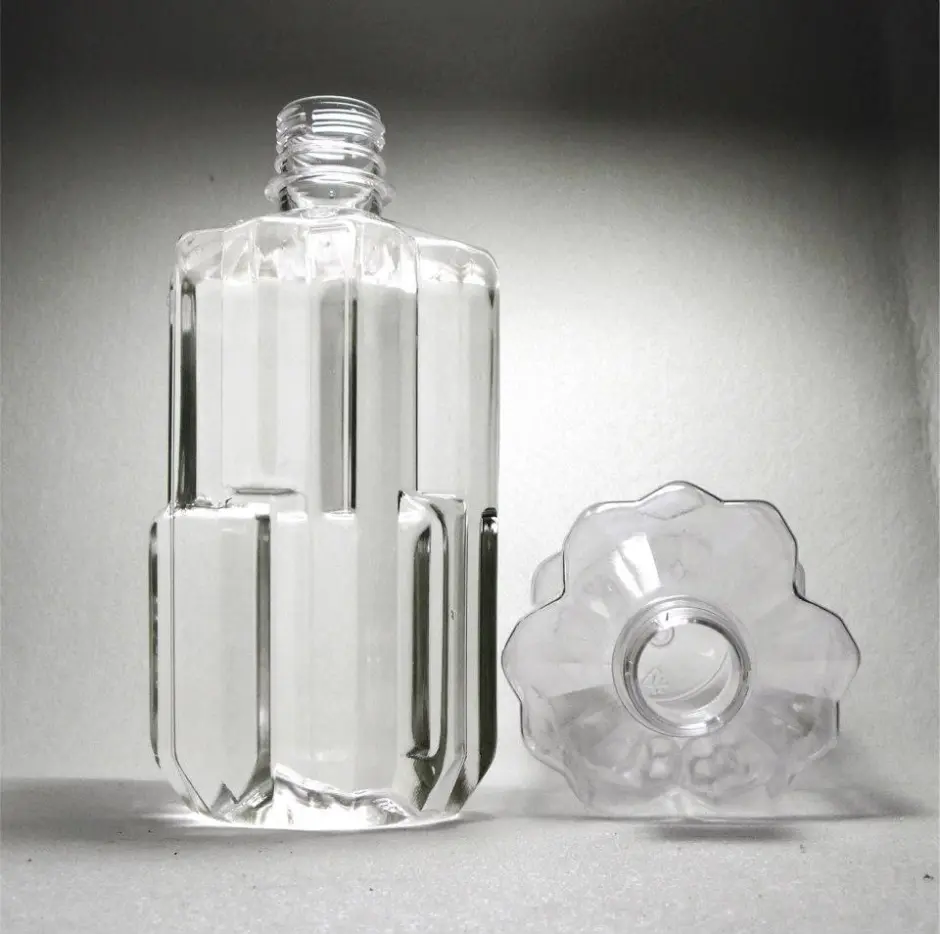
Arthur Huang, Miniwiz
These concepts inspired us to explore similar thinking with different types of packaging. Looking for ways to turn everyday waste into something structurally useful.
Sources and Image Credits:
ArchDaily, “WOBO: The Beer Bottle That Could Be Used to Build Houses”
https://www.archdaily.com/348692/heineken-wobo-when-beer-met-architecture
Heineken Collection Foundation “ The Story behind the WOBO”
https://www.heinekencollection.com/en/stories/the-story-behind-the-wobo#:~:text=Alfred%20Heineken’s%20creative%20spirit%20went,the%20marketing%20division%20of%20Heineken.